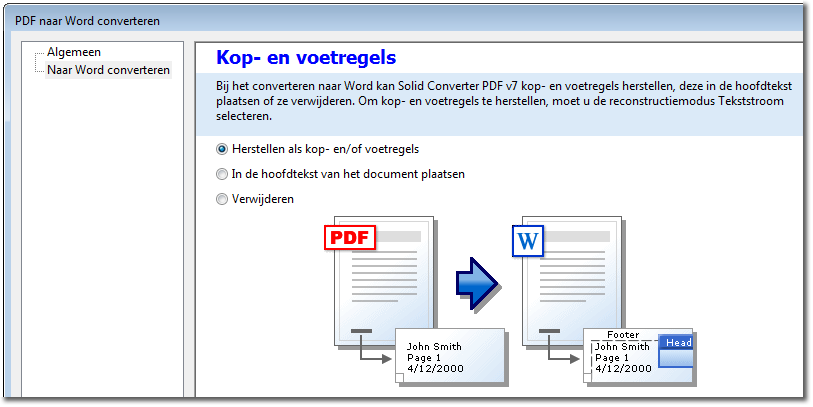

It can also reconstruct Excel and PowerPoint documents, or extract all of the data from tables within the PDF and create SQL statements, or all of the text or all of the images. Solid Framework can take a printed document and reconstruct it as a Word document including a working table of contents. And it can do this even from printed and scanned documents. When reconstructing a Word document this includes the identification of text, headers/footers, lists, tables, table of contents, hyperlinks and so on. The Solid framework takes PDF files and recreates the documents from which they were created. We encourage web professionals to review this article to get more information on SOLID. Solid is modular and extensible and it relies as much as possible on existing W3C standards and protocols. Solid is a proposed set of conventions and tools for building decentralized social applications based on Linked Data principles. In the decentralized web, there are no silos. In the centralized web, data is kept in silos–controlled by the companies that build them, like Facebook and Google. Circumventing government spies or corporate overlords may be the initial lure of Solid, but the bigger draw will be something even more appealing to hackers: freedom. “Developers have always had a certain amount of revolutionary spirit,” he observes. In the article written by Tim Berners-Lee about the Solid Framework, he believes Solid will resonate with the global community of developers, hackers, and internet activists who bristle over corporate and government control of the web.

The project aims to radically change the way Web applications work today, resulting in true data ownership as well as improved privacy.

Tim Berners-Lee, inventor of the World Wide Web, taking place at MIT.

Solid is an exciting new project led by Prof.


 0 kommentar(er)
0 kommentar(er)
